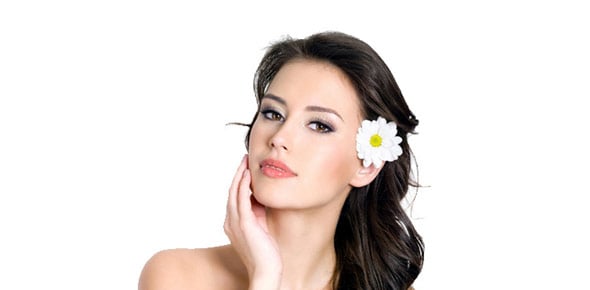The upper chambers of the heart include the:
What is the name of the point where two or more bones are joined...
What are the basic units of living matter?
The lower chambers of the heart include the:
The intake of oxygen and exhalation of carbon dioxide by the body are...
The three basic parts of a cell are the nucleus, cytoplasm and:
The hyoid bone located in the throat is sometimes referred to as the:
Neurology is the study of the:
The muscle of the heart is called the:
How many times per minute does the normal heart beat?
The two bones of the upper jaw are called:
The sticky, salty fluid that circulates through the body bringing...
Which arteries supply blood to the head, face and neck?
Which organ converts and neutralizes ammonia from the circulatory...
The cervical vertebrae are the seven bones that form the top part of...
Which scalp muscle extends from the forehead to the top of the skull,...
Hair growth, skin conditions and energy levels are controlled by the:
Muscles affected by massage are generally manipulated from the...
The colorless liquid produced as a byproduct when plasma passes...
If you draw your hand back from touching a hot stove, what is the...
All of the following bones help make up the chest EXCEPT:
Which crucial part of the central nervous system is composed of long...
What part of the cell is known as the control center?
The study of the functions of the organs and systems of the body is...
Which muscle is located between the eyebrows, controls the eyebrows,...
About how many total muscles are there in the body?
The humerus extends from the elbow to the:
Which mouth muscle is located between the jaws and cheek and is...
Which phase of metabolism involves breaking down larger molecules or...
Which of the following is not involved in the facial massage?
Which nerves carry messages from the brain to the muscles?
Which two muscles in the neck and upper back draw the head back,...
The eight small bones held together by ligaments to form the wrist are...
The chemical process in which cells receive nutrients for cell growth...
Which of the following is NOT a facial nerve branch?
Which triangle-shaped muscle covers the shoulder, lifts or turns the...
The extensor, which is located mid-forearm on the outside of the arm,...
What is the large, flat bone extending from the middle of the back...
The nervous system is divided into how many subsystems?
This body system controls the circulation of blood and lymph through...
Which system regulates and controls the growth, reproduction and...
What is another name for histology?
What is another name for red blood cells?
Which blood cells are responsible for the clotting of blood?
Which nervous system is responsible for all involuntary body...
The muscles that are located in the palm of the hand and cause the...
The part of the brain that controls and coordinates muscle movements...
Which structures of the nerve cells receive the messages sent by the...
















